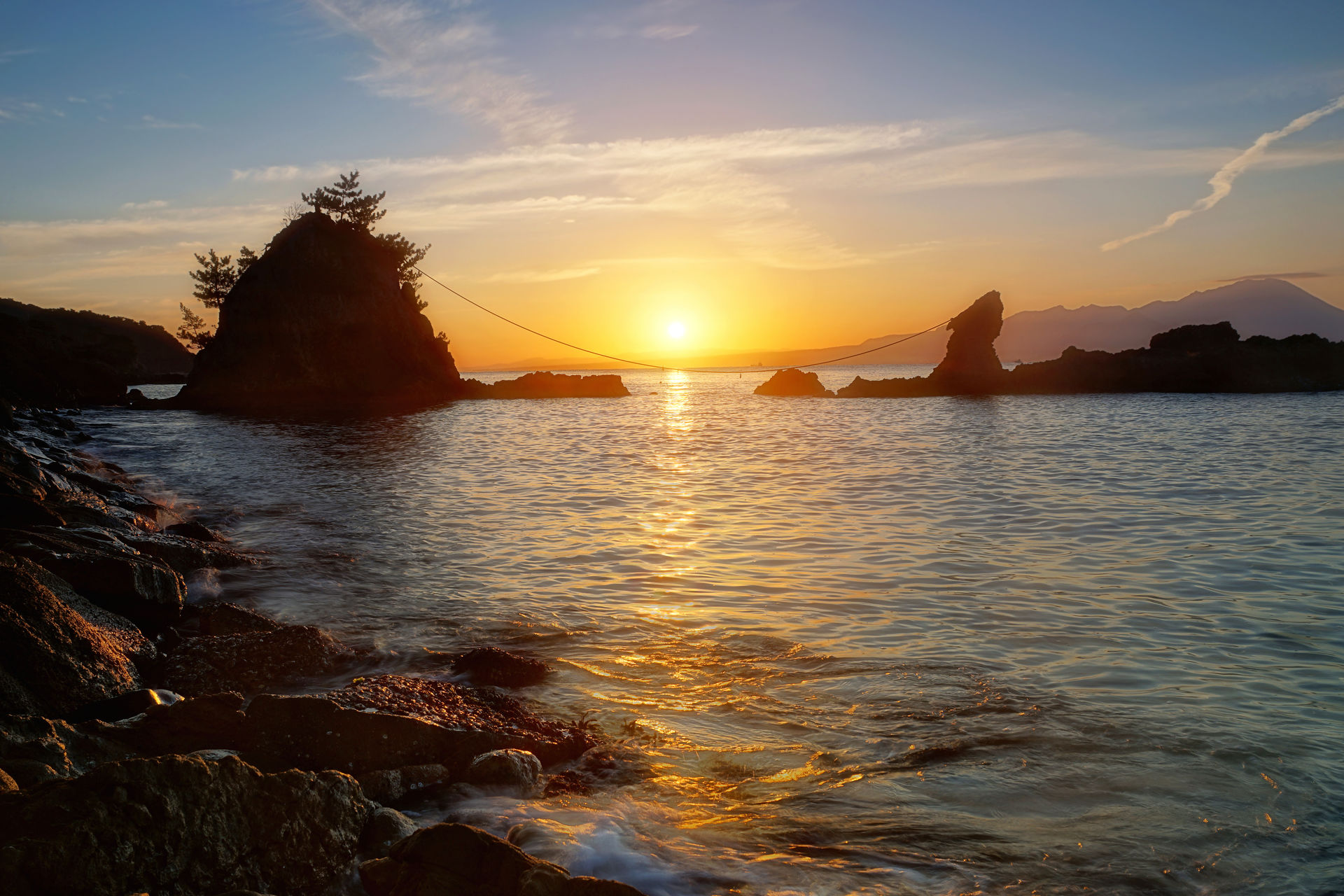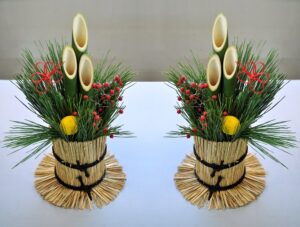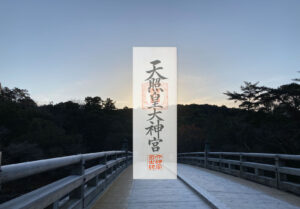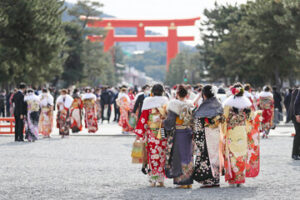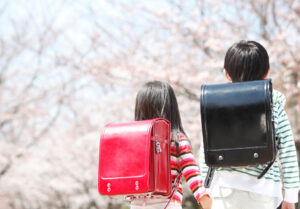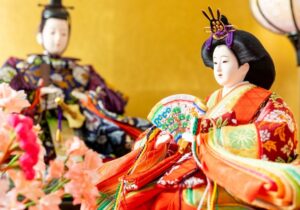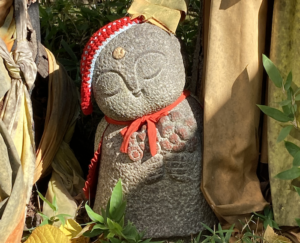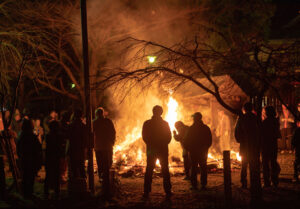The sunrise on January 1 is called “Hatsu-Hinode” in Japan, and is regarded as something special and very gratifying.
On the morning of January 1, TV programs continue to broadcast live coverage from famous sunrise spots around Japan, including Mt.
Due to weather conditions, the first sunrise is often not clearly visible. It is a strange sight, even for a Japanese person like me, to see the TV program cast members either happy or disappointed depending on whether or not the first sunrise of the year was clearly visible in each location. It must be incomprehensible to people from countries where it is not customary to worship the sun.
The Moment the New Year Deity Visits a Home
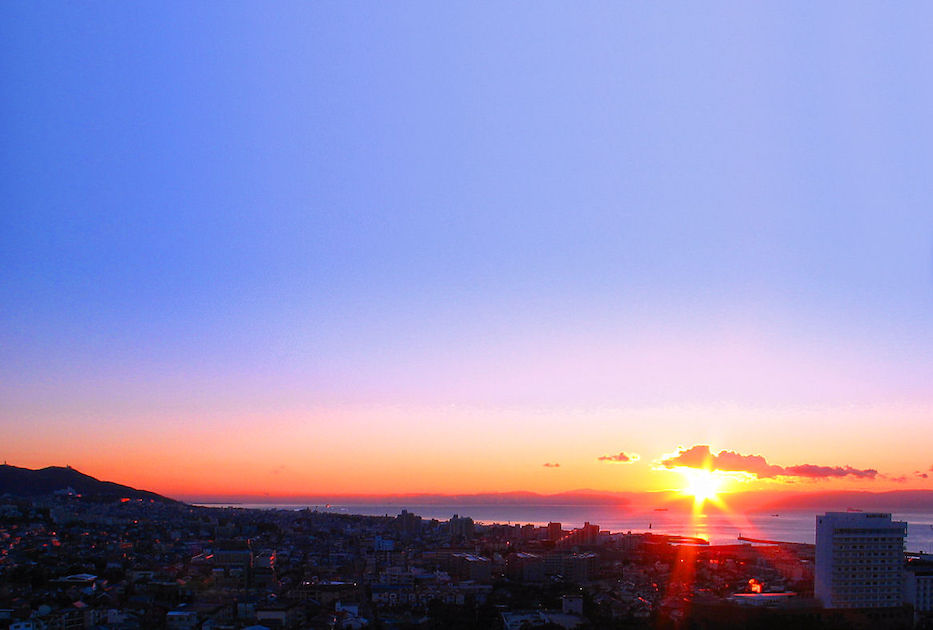
In Japan, it has been believed that the New Year’s Deity comes to each household every New Year’s to bring a bountiful harvest and happiness. It is said that the deity of the year comes with the first sunrise of the year.
Reasons to Worship the First Sunrise of the Year
It is said that worshipping the first sunrise of the year is meant to pray to the New Year God for a good harvest and happiness in the coming year.
Not only on New Year’s Day, many Japanese worshipped the rising sun every day. They were grateful for the blessings of the sun, the source of life, as they began their lives for the day.
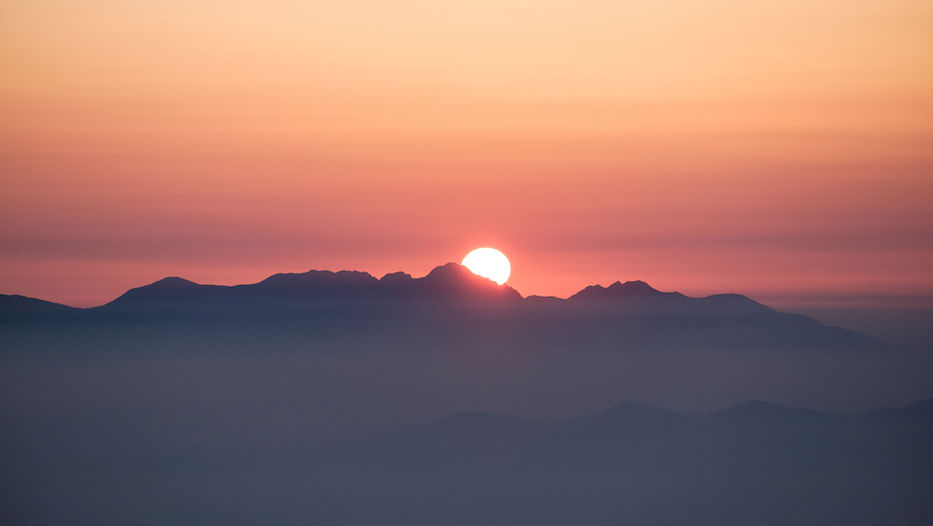
Goraiko: A Special Sunrise
Although slightly different from the first sunrise, one of the most popular sunrises among the Japanese is Goraiko. Sunrises visible from high mountains or mountain peaks are specially called Goraiko.
It is said that Goraiko brings various benefits, and the higher the mountain, the earlier the sunrise can be seen, which is considered more beneficial. For this reason, sunrise at Mt. Fuji is very popular.
Sunrise can be seen not only on New Year’s Day but also throughout the year.
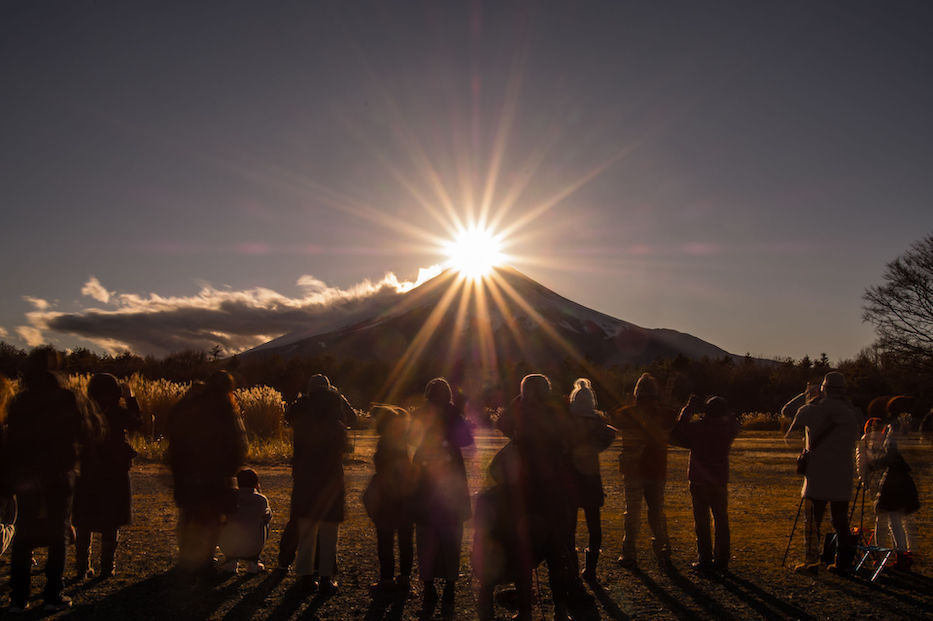
Goraiko is a mountain worship
Mountain worship is a form of nature worship in which mountains are worshipped as sacred. Mountain worship, which can be found in many mountainous regions around the world, has developed uniquely in Japan, blending with Buddhism and Shintoism.
While many people do not climb the mountains that are the object of their faith, in Japan, people have climbed sacred mountains as a place of ascetic practice. For this reason, sunrises seen from the tops of sacred mountains are special and have been revered as “Goraiko”.
The evolving experience of viewing the first sunrise of the year
The custom of welcoming the god of the year not only at home, but also at a shrine or on a hilltop with a good view, and praying for good health and good fortune in the coming year, has evolved further in the modern age.
To see the best first sunrise of the year, special viewing experiences and locations are popular.

- New Year’s Day Sunrise Flights: Charter flights that coincide with the first sunrise of the year
- New Year’s Day sunrise cruises: Special cruises to see the first sunrise at sea
- Special opening of skyscrapers
- Fuji and other mountain climbing tours
- Online tours: Live viewing of the first sunrise of the year in other countries through online tours
Origin of the first sunrise: A historical fact that few Japanese know much about
The Edo period was the beginning.
Many Japanese believe that the Japanese, who are also agricultural people, have worshipped the first sunrise of the year since ancient times, but the history of this tradition is not very old.
The custom of worshipping the “first sunrise of the year” is said to have started around the middle of the Edo period (1603-1867), when the common people of Edo went on a sightseeing tour.
At that time, the lunar calendar was based on the phases of the moon. New Year’s Eve is a dark night. The sun is the beacon of hope as the pitch-dark night opens to greet the new year. The first day of the year was the day of the new moon closest to the first day of spring, so it also heralded the arrival of spring.
Meiji Era Policy
Since the solar calendar was adopted in the Meiji era (1868-1912), the first day of each month was not necessarily the new moon, but it was still the day when things began.
Furthermore, the Meiji government strengthened the “National Shinto Policy. National Shinto is a form of Shinto. It is a de facto state religion created as a policy by the Meiji government, which considered Shinto to be the most effective way to establish an absolute ideology centered on the Emperor. (It was abolished after World War II.) As part of this policy, worship at shrines was encouraged.
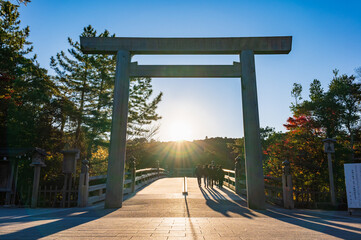
The Meiji government inherited the national flag, the Hinomaru. The rising sun was treated as a symbol of rising fortune, partly due to victories in the Sino-Japanese and Russo-Japanese wars. Furthermore, the government preached to the people that it was important to worship the first sunrise of the year because of their belief in Amaterasu, the sun goddess, an important deity in Japanese mythology, and the custom of visiting shrines on New Year’s Day rapidly took root.
Before the Meiji era, New Year’s Day was celebrated at home with the whole family. To welcome the god of the New Year, families spent the New Year quietly at home, cleaning up after the New Year, decorating kadomatsu, and cooking osechi as offerings.
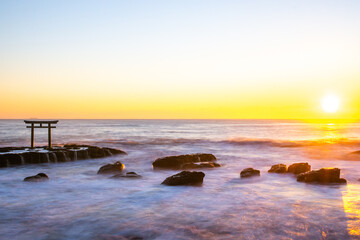
This historical fact is not hidden. It is just a customary New Year event that continues to this day. For many Japanese, enjoying the present as a seasonal event is more important than its origin or historical fact.
Whatever the origin, the sun rising from the sea or mountains in the clear winter air is very beautiful. You do not need to worship it. Just enjoy the beauty of nature.
👉Feel free to contact us if you have any questions.

A VPN is required to use Japanese websites, TV, and video viewing services overseas. NordVPN is easy to use and cost-effective! 30 days money back guarantee.
^^ Access Japanese content safely and reliably! ^^

